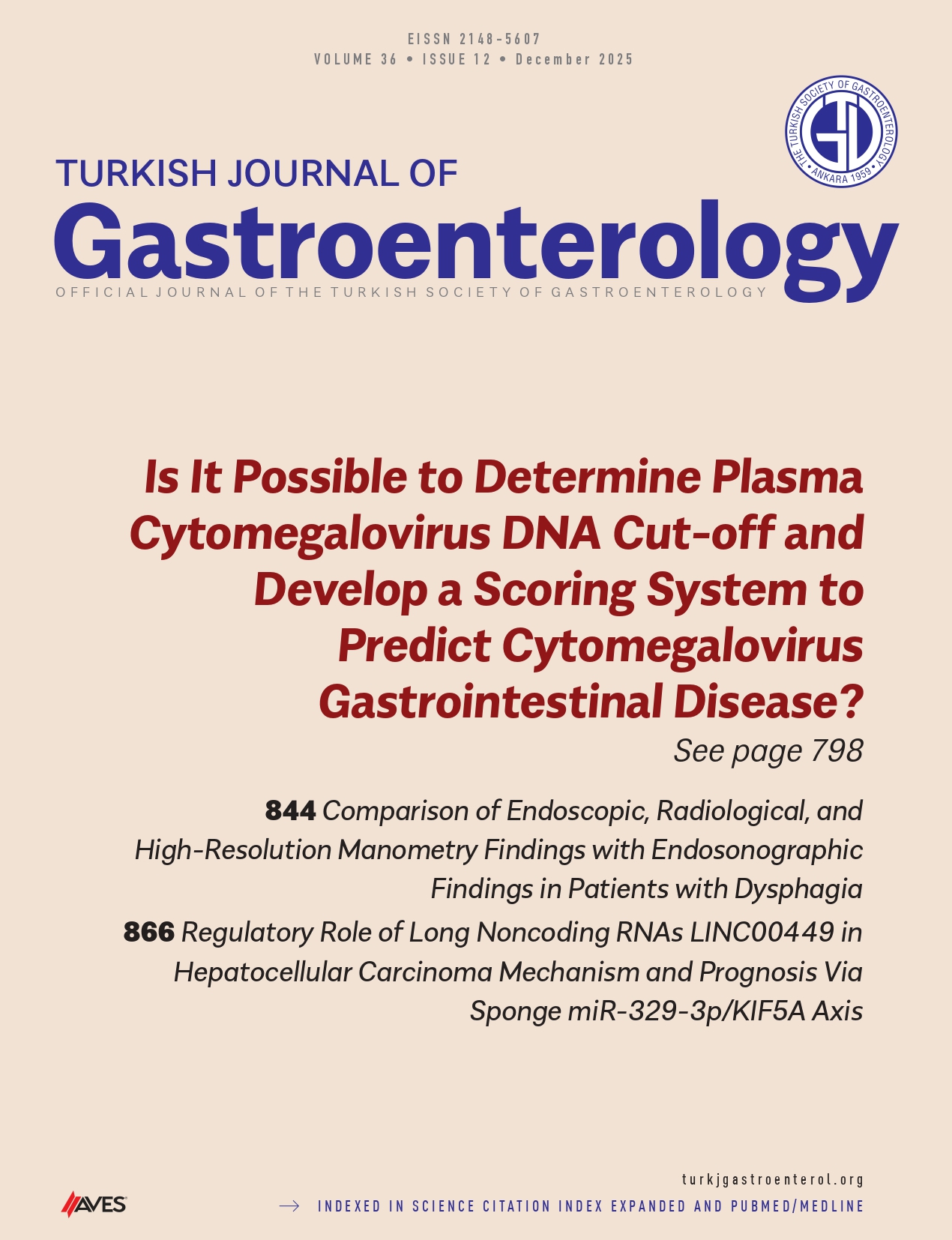Abstract
Background/Aims: This study aimed to investigate the incidence and risk factors of portal vein system thrombosis (PVST) in patients with liver cirrhosis after splenectomy and pericardial devascularization.
Materials and Methods: We retrospectively analyzed 71 patients who underwent splenectomy with pericardial devascularization for portal hypertension due to cirrhosis. Patients were categorized into Group A (n=23): early prophylactic anticoagulants therapy; Group B (n=29): late prophylactic anticoagulants therapy; and Group C (n=19): no anticoagulation therapy. Univariate and multivariate analyses of the risk factors of PVST were performed. The incidence of PVST and the effect of thrombolytic therapy were evaluated.
Results: Multivariate analysis revealed a wider preoperative splenic vein diameter (≥8 mm), and lower preoperative platelet counts (<50×109/L) were significantly correlated with PVST development. The incidence of PVST in Groups A, B, and C was 26.1% (6/23), 44.8% (13/29), and 52.6% (10/19), respectively (all p>0.05). The complete resolution rate of portal, superior mesenteric, and splenic vein thrombosis was 75%, 62.5%, and 23.8%, respectively.
Conclusion: A wider preoperative splenic vein diameter and lower preoperative platelet counts are independent risk factors of PVST. Early anticoagulation therapy had a tendency towards a reduced incidence of PVST, but it was not statistically significant. The complete resolution rate of splenic vein thrombosis was lower than that of portal and superior mesenteric vein thrombosis.




.png)
.png)